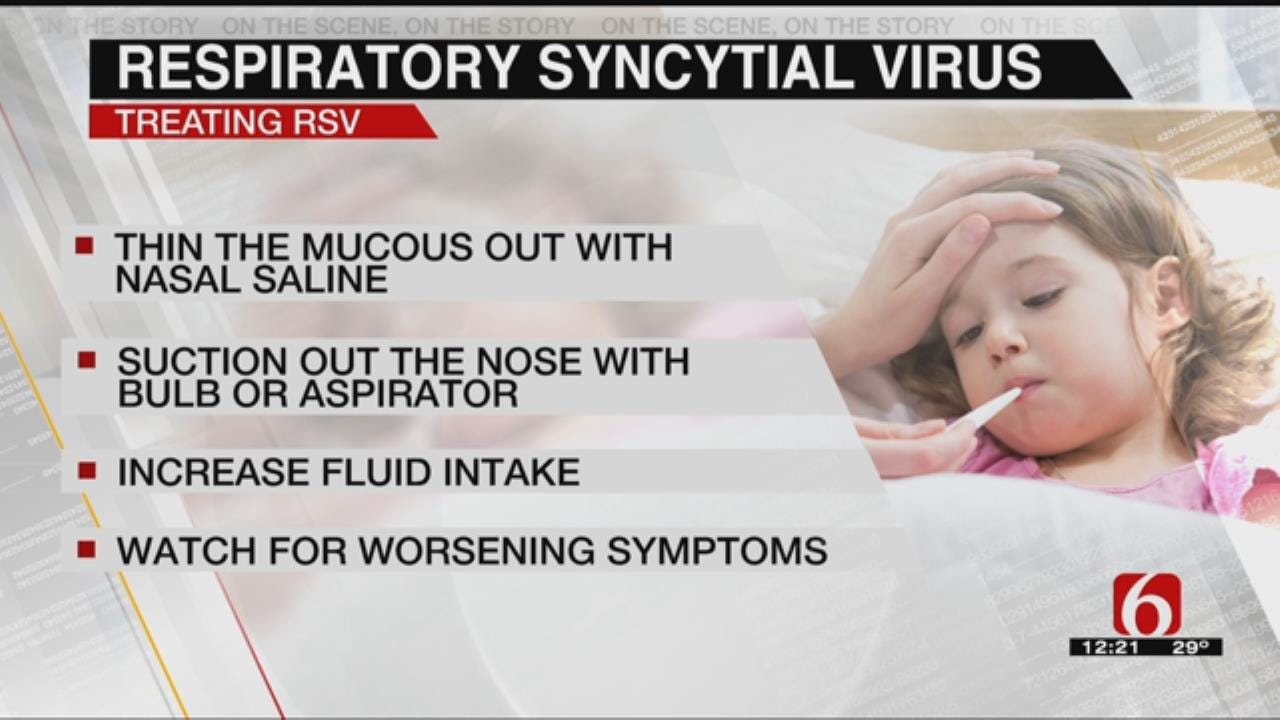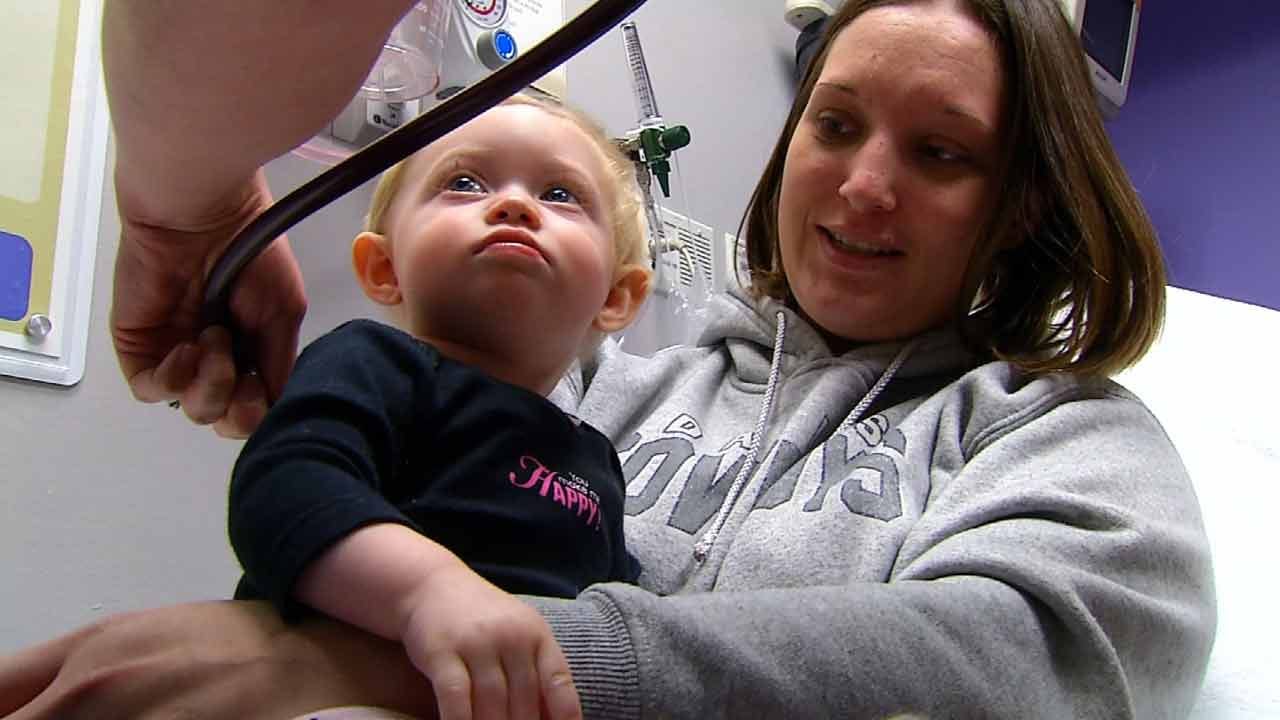RSV: What To Do When Your Child Has Respiratory Syncytial Virus
Dr. Robert Wittrock, pediatrician with St. John Pediatric and Adolescent Medicine, tells us about the virus, how it is spread, what to do if your child has RSV, and what treatments you can do.Wednesday, January 2nd 2019, 10:24 am
Respiratory syncytial virus, also known as RSV, is a common childhood ailment. For some young children, it is just another winter cold, but for others it can be a severe lower respiratory infection.
Dr. Robert Wittrock, pediatrician with St. John Pediatric and Adolescent Medicine, tells us about the virus, how it is spread, what to do if your child has RSV, and what treatments you can do.
Wittrock said most children get RSV at least once before age 2 - usually in the late all to early spring months. It causes a cold which may be followed by bronchiolitis or pneumonia.
Children who are less than 12 weeks old, premature or low birth weight, have a chronic lung disease, heart defect or weakened immune system are at greater risk.
Treating RSV
1) Thin the mucous out with nasal saline
2) Suction out the nose with bulb or aspirator
3) Increase fluid intake
4) Watch for worsening symptoms
Call the doctor right away if your child has symptoms of bronchiolitis, dehydration, pauses or difficulty breathing, gray or blue color to tongue, lips or skin or significantly decreased activity or alertness.
Here are some links to articles for more information:
RSV: When It's More Than Just A Cold
Treating Bronchiolitis In Infants
More Like This
January 2nd, 2019
January 2nd, 2025
September 29th, 2024
Top Headlines
May 1st, 2025
May 1st, 2025









